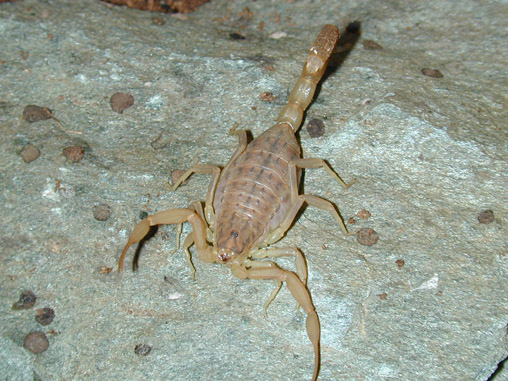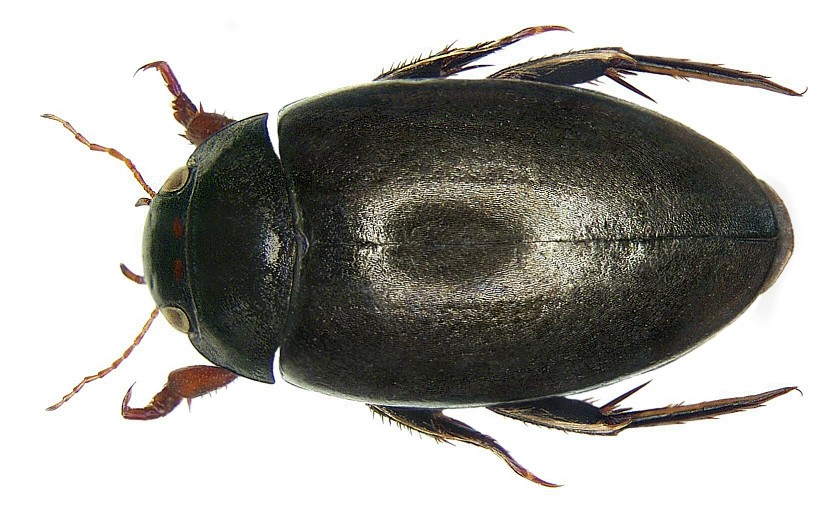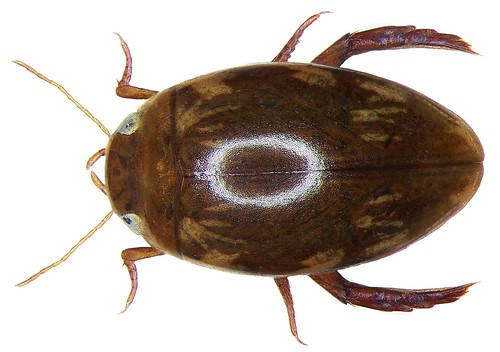Ναι Μάριε, ο γριτζιελλόρος εν ο σκορπιός.MariosK wrote:Σωστός Greg. Κατσινιώρος εν ο γριτζιελλόρος που λαλούμεν? Κάτι σαν τον σκορπιόν?
Εξ' ου και η ονομασία του ελικοπτέρου έτσι, επειδή αυτόν θυμίζει στο σχήμα.
Ναι Μάριε, ο γριτζιελλόρος εν ο σκορπιός.MariosK wrote:Σωστός Greg. Κατσινιώρος εν ο γριτζιελλόρος που λαλούμεν? Κάτι σαν τον σκορπιόν?
PeRoUkKaS wrote:Πριν 3 χρονια στην αρμινου βρηκα τουτο το πραμα μες το νερο και επειδη ηταν καπως παραξενο εφκαλα το φωτο...
MariosK wrote: Χαμπή τούτο υπάρχει παντού?
Στέφανε φαίνεται σαν την κάμπια ρε φίλε αλλά πριν να ολοκληρωθεί. Πόσο μεγάλο ήταν?
Στάθη μπορείς να μου έβρεις μιαν φωτογραφία του γιατί ακούω το συνέχεια αλλά ποττέ μου εν είδα.Στάθης wrote:Ναι Μάριε, ο γριτζιελλόρος εν ο σκορπιός.MariosK wrote:Σωστός Greg. Κατσινιώρος εν ο γριτζιελλόρος που λαλούμεν? Κάτι σαν τον σκορπιόν?
Mesobuthus cyprius
Gantenbein et al. 2000 As the name indicates, this species is endemic for Cyprus. This species was previous regarded as a subspecies of M. gibbosus, (M. gibbosus anatolicus), but molecular and genetic analysis revealed that the Cyprus population was clearly different from the mainland populations of the subspecies. The Cyprus population obtained species status in 2000.
It is almost impossible to separate M. cyprius from M. gibbosus by traditional morphological means. Genetical analysis are necessary. The only comfort is that all scorpions from Cyprus are probably M. cyprius (no other species are so far reported from this island, but it is important to note that no extensive field studies have been done. I'm very interested to know if someone has found Euscorpius or other scorpions on this island!). This scorpion is yellow to yellow-brown in color, and may reach 60-75 mm in length.
M. cyprius is known from mountain areas with spare vegetation. Two locations are reported from the northern part of the island, and I collected a few specimens in a small area located at 1900 meters on the highest mountain on the island (Mt. Olympos). This area experiences snow in the winter. In 2003 I got a report from Polis Chrysochou in western Cyprus, where a specimen was found in the bathroom of a recently built house at sea level. It is not clear wether M. cyprius has a natural distribution in this area, or this specimen was a stowaway in building materials from the mountains. This is one of the first reports of Mesobuthus entering houses in Europe (see M. gibbossus for another report). I have now gotten a report of several sting cases in northwestern Cyprus (1 in bed, 1 in a shoe, 1 in luggage and 1 by a pool). Based on this it seems that M. cyprius is distributed in northwestern Cyprus, and that it also is found in human areas (farmland, gardens and occational in buildings). M. cyprius normally hide under stones etc. during daytime. I now have reports of scorpions found in western and southwestern Cyprus in the following locations: Polis Chrysochou, Lemona Village (Paphos area), Akrotiri, Dhekelia and Kato Pyrgos) and also one finding in a park in Nicosia. A specimen has also been found in a house outside Limassol (the scorpion was found under dropped washcloths in an upstairs bathroom). I do not know if this is an introduced specimen/stowaway from another area, or if the scorpion has entered the house from the outside and is an natural inhabitant of this area. M. cyprius seems to be quite common in parts of Cyrpus.
No literaturedata on the medical significance of M. cyprius have been found, but it is reasonable to assume that the sting is very painful, without causing serious systemic effects. This seems to be confirmed from the 7-8 cases reports I've gotten. Sting has been very painful in some cases, though. Like B. occitanus and M. gibbosus, M. cyprius is probably not dangerous for healthy humans, but it is possible that small children may develop more serious effects.

Είχα την τύχη να συναντήσω αρκετές φορές άτομα του είδους, σε ορεινές περιοχές (Κυρίως κάτω από πέτρες).
Πρόπερσι στον Κούρη ηβρα το τούτο ...βασικα υδρόβιο σκαθάριcaveman wrote:Κάτι παρόμοιο έχουμε! Σχεδόν το ίδιο!!
Νομίζω είναι "σκάρνος" που ονομάζεται - ο σκάρνος - οι σκάρνοι.Greg wrote:οι μικρες οι ακριδουλες του καλοκαιριου με την κοκκινη κοιλια που εν γεματες οι ποκαλαμες με αυτες, ο σκαρμος (αν ονομαζεται ετσι)







Ο σκορπιός αυτός υπάρχει σε όλες τις ελεύθερες περιοχές της Κύπρου. Τον έχω βρεί στην Δασούπολη, την περιοχή μακεδονίτισσας, στο δάσος Αθαλάσσας, στο Τσέρι (πολύ κοινός), στο φράγμα Ταμασσού, Κλήρου, Ξυλιάτου, Παλαιχωρίου (πολύ κοινός), Κούρη, Αρμίνου, Τσακίστρας, στον Κύκκο, στην περιοχή Μαχαιρά, στον λόφο της Ορόκλινης, στην περιοχή Αργάκας, και στον Ακάμα (πολύ κοινός)....Στάθης wrote:Από τη σελίδαMesobuthus cyprius
Gantenbein et al. 2000 As the name indicates, this species is endemic for Cyprus....
M. cyprius is known from mountain areas with spare vegetation....
No literaturedata on the medical significance of M. cyprius have been found, but it is reasonable to assume that the sting is very painful, without causing serious systemic effects. This seems to be confirmed from the 7-8 cases reports I've gotten. Sting has been very painful in some cases, though. Like B. occitanus and M. gibbosus, M. cyprius is probably not dangerous for healthy humans, but it is possible that small children may develop more serious effects.Είχα την τύχη να συναντήσω αρκετές φορές άτομα του είδους, σε ορεινές περιοχές (Κυρίως κάτω από πέτρες).
Ένας τόπος όπου βρήκα σκορπιό και με ξένισε το γεγονός (μαλιστα ο σκοπιός ήταν εκτεθειμένος χωρίς οιαδήποτε κάλυψη) ήταν στο λιμάνι του Μουσκίτα, στη Λάρνακα.
Στην Άχνα υπάρχει (ακόμη) τεράστιος πληθυσμός από το ενδημικό είδος tiger beetle που έχουμε κύπρο και είναι προστατευόμενο (δεν μοιάζουν τόσο με σκαθάρια όταν τα δείτε, όσο με ...μύγες!). Υπ'όψιν υπάρχει τεράστια ποικιλία υδροβιων εντόμων. Υπάρχει σχετικό βιβλίο που τα καταγράφει (για την κύπρο) αλλά πρτέπει να το "ξεθάψω". Επιπρόσθετα, πολλά έντομα πέφτουν στο νερό και αποτελούν τροφή για ψάρια, κυρίως ακρίδες / σκάρνοι, γρύλλοι, ζίζιροι, τριζόνια, αράχνες. Επίσης πάρα πολλά δίπτερα (μυγοειδή) που έχουν το μεγαλύτερο μέρος της ζωής τους στο νερό.caveman wrote:
Στον Κούρη σίγουρα, κάτι για Άχνα μου έλεγε ο Ρολάνδος!
/
MariosK wrote:Water Tiger Beetle

